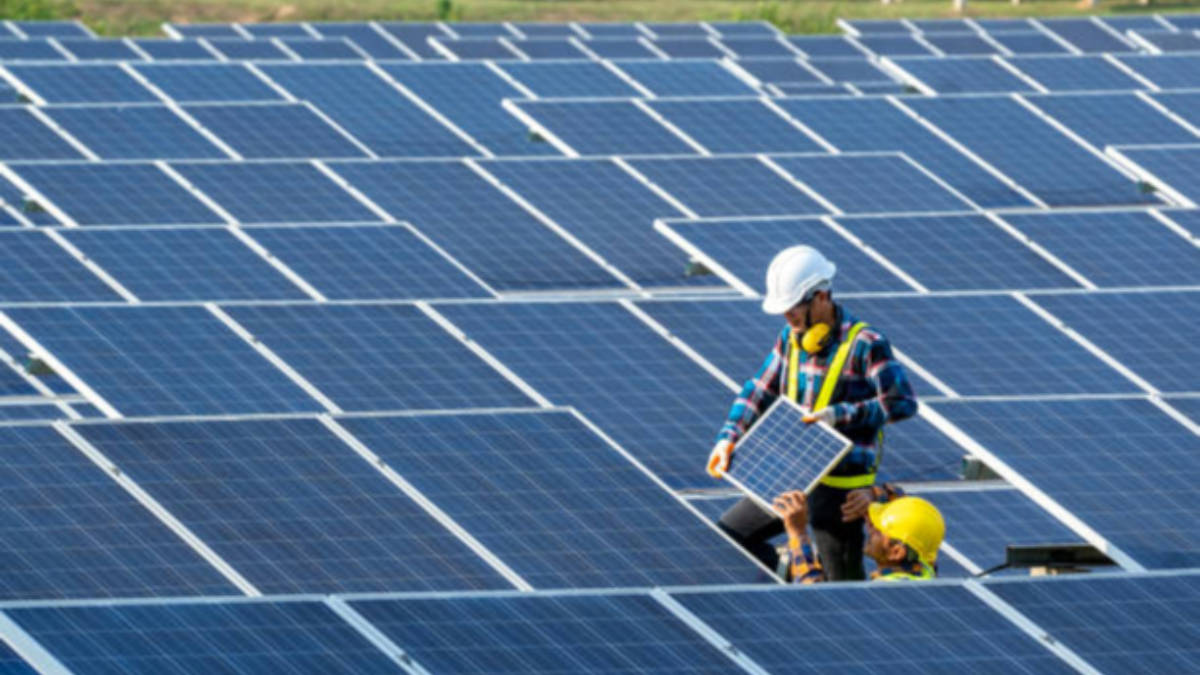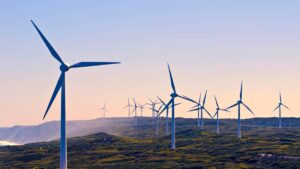Power Up: Could renewable energy and energy storage be set for a proper surge in Australia?

Are we on the verge of seeing more renewable energy investment? Pic: Visoot Uthairam/ Moment/ Via Getty Images
There is a growing sense that Australia has turned the corner in its adoption of renewable energy and energy storage to meet the goal of achieving net zero emissions by 2050.
Notable signs include the Australian Energy Regulator’s latest Wholesale Markets Quarterly Report, which found that record contributions from large-scale solar and rooftop photovoltaic (PV) units had pushed down the cost of power, allowing forward base futures prices for electricity to stabilise over the first quarter of 2023 at levels below 2022.
“Across the NEM (National Electricity Market), large-scale solar output achieved an all-time quarterly record and was up 22% on a year earlier, accounting for 9% of the total generation mix in the quarter,” the regulator noted in its report.
On the energy storage front, a key move was taken by Origin Energy (ASX:ORG), which committed to investing $600m to construct the first stage battery at the Eraring Power Station with 460 megawatts capacity and dispatch duration of two hours.
This is expected to come online in the final quarter of 2025 with the energy retailer having the option to increase capacity to 700MW and dispatch duration to four hours in the future.
Not only will the new battery help to backstop renewable energy on the East Coast, it marks a new use for the existing land and infrastructure at Eraring – Origin’s only coal-fired power plant and one which it could exit from as early as 2025 (famously to much consternation from the previous Morrison Government’s Energy Minister Angus Taylor back in early 2022).
Renewable signs and portents
Other signs are a little less obvious.
The Australian Government’s introduction of its National Electric Vehicle Strategy – ostensibly to increase the uptake of EVs – is also likely to drive delivery of more renewable energy projects or even rooftop PV needed to recharge the expected swarm of new EVs. This will need corresponding energy storage projects as well.
Meanwhile, funding provided by the Australian Renewable Energy Agency (ARENA), such as the $1.43m grant to Reactive Technologies to conduct a trial of its real-time inertia measurement technology, could lend further support.
The ability to accurately measuring the power system’s inertia in real-time will help the Australian Energy Market Operator (AEMO) operate the system more securely, while also reducing curtailment of renewable generators and placing downward pressure on wholesale power prices.
Peering into the crystal ball, the passage of the Albanese Government’s reforms to the Safeguard Mechanism – especially with the changes required by the Greens to secure their support – could push some energy companies to invest further into renewable energy and storage rather than face increasingly onerous needs to reduce emissions from their fossil fuel projects.
Both the Federal Government and the respective State and Territory Governments are also likely to continue introducing measures to further encourage development of renewable energy and energy storage projects.
Related Topics
UNLOCK INSIGHTS
Discover the untold stories of emerging ASX stocks.
Daily news and expert analysis, it's free to subscribe.
By proceeding, you confirm you understand that we handle personal information in accordance with our Privacy Policy.








